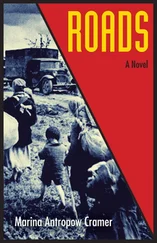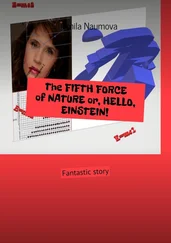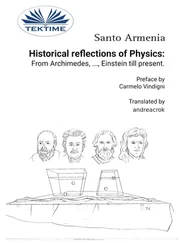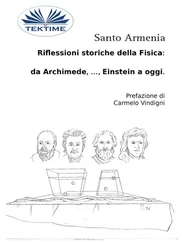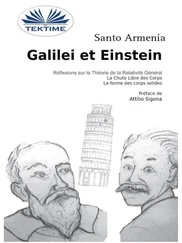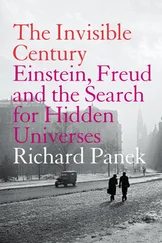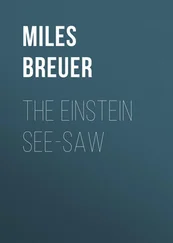“Instead of the Genevois Calvinists and the French Catholics you will encounter hardshell Southern Baptists and other subspecies of Texas fundamentalists. You’ll love them. Narrow-minded, gossipy, very strict about the appearance of rectitude, uprightness, and Christian living, but somewhat more relaxed in private, behind closed doors. They also have a strong work ethic, which is good for the SSC lab.
“Lots of evangelists around, moving from town to town and making a big show of hellfire religion. You’ll drive past their big circus tent revivals, hear them on the radio, and find it difficult to avoid them on the local TV stations. There are lots of small churches in the countryside and some very big ones in Dallas and Fort Worth. Dallas is known is some quarters as the very Buckle of the Bible Belt.”
“Delightful,” Roger said and laughed, then frowned as he considered the prospect of experiencing American-style fundamentalist Christianity at close range. Griffin seemed to be going through a familiar spiel, one he’d probably delivered many times before, but that was good. Roger was interested.
“Instead of Meyrin,” George continued, “you will have Waxahachie, the town nearest the SSC campus and approximately at the center of the ring. Waxahachie might be best described as Texas-Victorian. It was a cotton boomtown around 1900. It has a wonderful Victorian courthouse, and many lovely old gingerbread houses of that boom period still decorate the town. After World War I, the cotton boom faded and Waxahachie went into hibernation until about 1988 when the SSC came along. Now it’s a boomtown again, but this time it’s a physics boomtown.”
“That’s a bit difficult to imagine,” said Roger, draining the last sip of apple juice from his glass, and turning it upside-down on the tray. The small yellow wasps were beginning to take an interest in it.
“And I suppose St. Genis maps into Maypearl to the west of the SSC campus,” George continued. “Maypearl is certainly the low-rent district, but I wouldn’t recommend living there. It’s a depressed cotton gin town, not very pleasant unless you like beer joints populated by migrant workers, sharecroppers, and mean unemployed drunks.”
“So where do people live who work at the SSC?” Roger asked.
“Be prepared to buy a car and drive it,” said George. “There’s essentially no public transportation, and the places you will need to go are far apart. As for housing, as usual, it’s a matter of taste. Some have apartments in De Soto or South Dallas, where there’s something of a singles scene. A few are buying and remodeling the classic gingerbread houses in Waxahachie. Others live in newer houses on one of the lakes to the south, with maybe a dock and a boat for water skiing. Then there are those who have bought into the Texas mystique and have set themselves up as mini-cattle-barons on a hundred-acre spread, with a couple of horses, a dozen head of prime livestock, a few ranch hands to do the actual work, and an air-conditioned ranch house. The land around Waxahachie isn’t too expensive, so you could buy into that kind of setup for the equivalent of a few years’ salary. For example, your new boss Bert Barnes, the head of the SSC Particle Theory Group, has become a gentleman rancher in that style. Stetson, high-heel boots, and all. You’re going to love his barbecues.” George combed his fingers through his beard, as if appreciating the thought.
“I don’t think I’m quite ready for gentrification,” said Roger, who had already met Bert and had already formed an opinion. “What’s the culture like in Dallas proper? Can one find films and theater, bookshops and coffeehouses and intelligent conversation?”
George smiled. “You must understand that I’m a faculty member at the University of Washington, so I live in Seattle, which is about twenty-seven hundred kilometers northwest of Dallas. But over the past few years, while the SSC was getting started, I’ve come to know the Dallas area fairly well. I think you may have a problem, Roger. Dallas is a big city, but its culture, like its religion, tends to be concentrated at the surface.
“The Dallas big rich support the showy cultural forms, the symphony, the opera, the ballet, the usual repertory theater company, and a well-appointed art museum with some minor works of first-rank painters and major works of third-rank ones. They like culture they can point to and be seen at. They like big names, but they’re not all that picky about the quality of the end product.
“The center of Dallas is a complex of sterile office buildings staffed by a mobile population that vanishes at 5 p.m. You’ll find the film scene at the suburban shopping malls, with movie theaters that have a dozen screens and can occasionally spare one of them for the odd foreign film. The bookshops are mainly chain franchises, and they’re also at the malls. Come to think of it, that’s probably where the coffeehouses are, too, so that the housewives can pause on shopping expeditions to grab a quick espresso or latte. Perhaps you’ll need to locate near a shopping mall, Roger.”
Roger winced. He wondered if George might be having a joke at his expense and looked closely at him.
“Seriously,” said George, apparently getting the message, “there’s intelligent conversation to be had, but you’ll have to go looking for it. There are some big universities in Dallas, Fort Worth, and Arlington, and there are supposed to be good bookstores, coffeehouses, and student pubs near them.” George paused and stroked his beard again. “Look, Roger, I’m making it sound worse than it is. There are good and interesting people living around the SSC, and you just have to find them yourself. Culturally, Dallas isn’t London, or even Seattle, but it’s a city with an enormous vitality and frontier exuberance that’s quite fascinating in its own way.”
Roger swatted at the yellow wasps. “I can see,” he said, “that I’m in for a period of adjustment.” He looked upward at the sunshine filtering through the trees. Griffin seemed to have come to the end of his Texas observations. “Permit me to change the subject,” he said. “Why don’t you tell me a bit about the experimental program at the SSC and the big detectors? During my visit there two months ago, I only talked to the theorists. I’d rather not be so uninformed about the SSC’s experimental program when I show up there and begin telling the experimentalists what physics they should do.”
George smiled. “The most important thing I can say about the SSC,” he said, “is that the damned thing, after years of political battles, DOE bureaucratic interference, budget fights, technical glitches, and magnet tinkering, is finally up and running. I consider that a miracle. The whole project was almost killed by the U.S. Congress several times in the mid-1990s. It was very close. Only a major effort spanning the whole eight years of the Bush-Dole Administration, particularly by Allan Bromley, Bush’s Science Advisor, and John Deutsch, his Energy Secretary, saved the SSC from an ugly premature death. Bromley and Deutsch engineered the one-billion-dollar Japanese contribution to the SSC, and at their instigation many of us in particle physics made frequent pilgrimages to D.C. to talk to congressional staff about the value of the project. I was at Fermilab working on CDF at the time, and for a while we were spending more time lobbying for the SSC than discovering the top quark. Have you ever tried explaining particle physics to a lawyer?”
Roger laughed. “I have trouble enough explaining it to my colleagues,” he said. He sensed that Griffin was giving him another familiar spiel. “But how well is the machine running? I’ve heard the luminosity is low.”
“The beam luminosity did start out very low four months ago, when they first reached full energy. The machine team is still working on some beam instabilities that occur while ramping up to full energy, but the luminosity is building up to the design values on a nice curve. The two major detector systems, SDC and LEM, are both working well, and both are now taking data.”
Читать дальше

